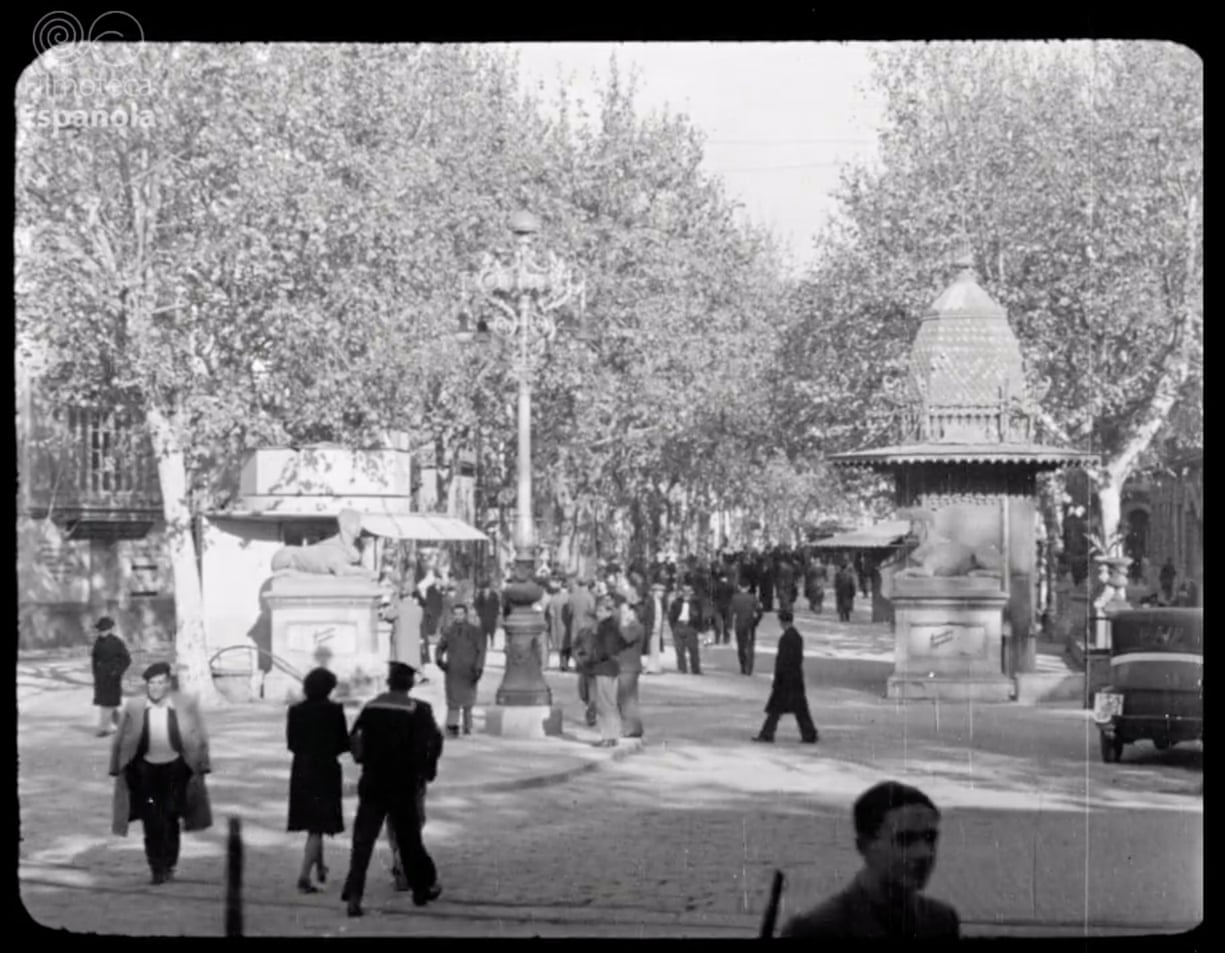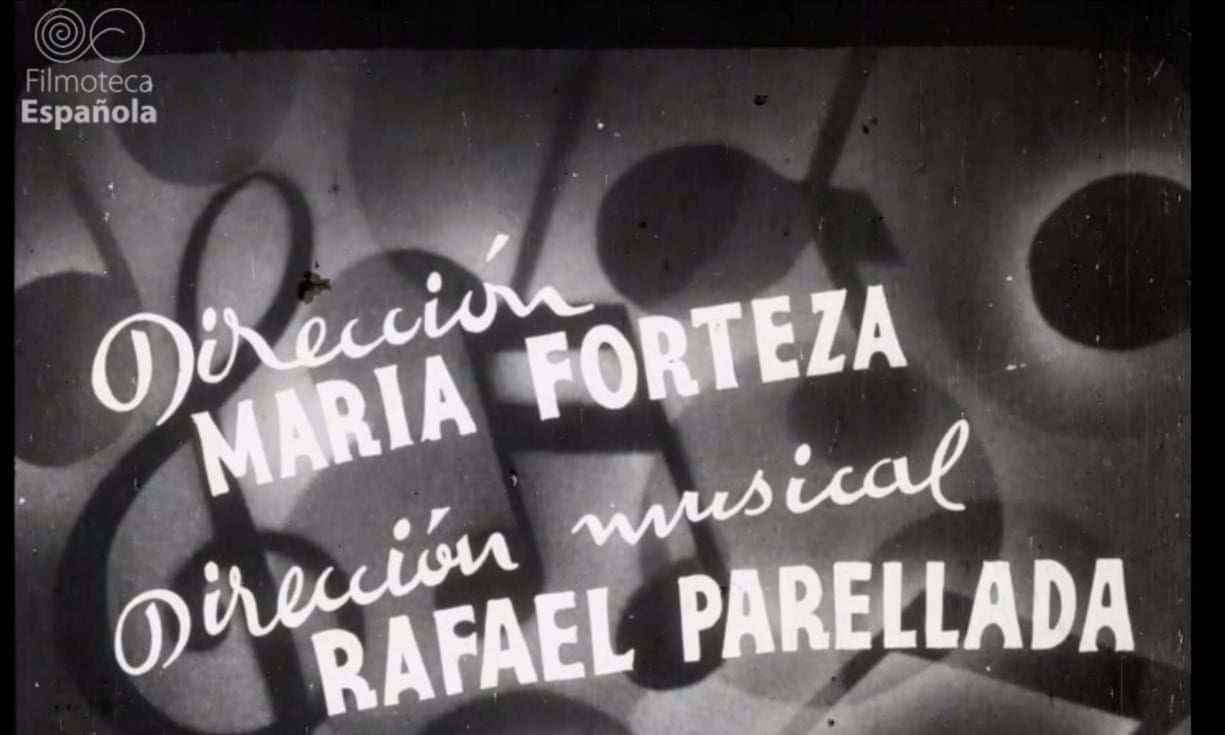The First Degree: Long-lost Universal Pictures film found after almost 100 years
Back in June I reported on the [re]discovery of a misattributed Spanish-language film that had been gathering dust on the shelves of Spain's national film archives for nearly half a century and which had only just been properly identified thanks in part to lock-down giving the archivists an opportunity to have a thorough look through their store of uncatalogued footage. I ended that blog post expressing the hope that this would not be the only lost film to be unearthed as a result of the lock-down and I am delighted to say that that expectation has been fulfilled with this latest news of the finding of a previously-thought lost 1923 American drama called The First Degree.
 |
| source - IMDb |
In what seems to be a recurring pattern in the rediscovery of lost films, this copy of The First Degree had originally been located several years previously (albeit "only" 14 years in this case) in a collection of largely unrelated factual films that came out of Peoria, Illinois. Rescued from potential destruction by the Chicago Film Archives it then languished on their shelves in an unmarked box for over a decade before Covid-19 allowed curators the time to go back through their unclassified movie reels and successfully identify it as one of the Library of Congress's "Lost U.S. Silent Feature Films 1912-1929".
 |
| source - Wikipædia |
Once again then we see the remarkable incidence of extremely fragile 35mm film stock surviving all sorts of prospective obliteration, to be eventually saved almost a century later - and partly as a result of a worldwide pandemic. It is frankly incredible that any "lost" films from this period have survived at all (especially those from Universal, which shockingly destroyed all of its silent film negatives in 1948); particularly feature films such as this one with five or more reels - very often one or more are either missing or too far gone to save leading to sadly incomplete restorations.
I am glad to say that this is not the case with The First Degree, however, with all five reels remaining intact and salvageable (despite their near-incineration at the hands of a hot water cylinder). Already they have all been transferred to digital format and judging by what little footage has been so far released it looks to have been a complete success with the images appearing clean, bright and crisp - a testament to the archivists' skills and a sobering reminder that only pure luck meant it was not a lot worse.
 |
| source - IMDb |
The result is a valuable addition to the history of U.S. cinema and a fascinating snapshot of the American Midwest in the 1920s. It is also interesting to note that this well-received courtroom drama had as its director someone who was more used to working with Buster Keaton (and would much later direct a couple of Laurel & Hardy features), but this seems not to have detrimentally affected the film - quite the opposite in fact as contemporary reviews were overwhelmingly positive. In this respect this film's salvation is even more welcome given that it will allow silent movie buffs and commentators the rare chance to see an atypical example of the director Edward Sedgwick's work.
I for one certainly look forward to seeing the finished article when conditions allow and am heartened at the news and manner of this discovery. More importantly the optimism it engenders regarding the possibility of similar finds being unearthed in the future is increasingly palpable. I certainly feel confident in ending this post with the thought that this will definitely not be the last time we read about a "lost" film being rediscovered - whether due to covid restrictions or not.








